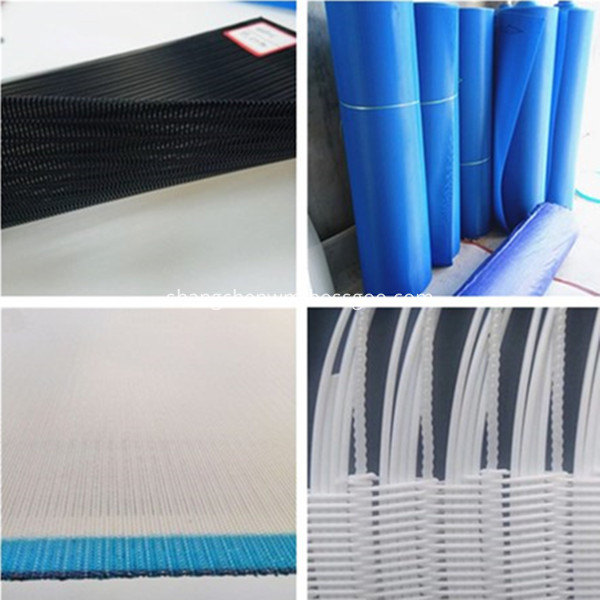The data shows that in order to produce photovoltaic products, China imports more than 2 billion US dollars of polysilicon, EVA, slurry and other raw materials from the United States every year. Chinese manufacturers have imported equipment from the United States in 2010 and paid technology transfer fees of not less than $3 billion. Chinese PV industry insiders bluntly said that the amount of China's exports of photovoltaic products to the United States is less than the amount imported from the United States. Therefore, if China and the United States start a PV trade war, the loss of the United States is probably even greater.
The Sino-US PV trade war is heating up.
On October 18, 2011, SolarWorld of the United States and six other unidentified PV companies filed a complaint with the relevant US authorities to initiate anti-dumping and countervailing investigations on solar products such as photovoltaic cells and modules exported to the US, the US International Trade Commission. And the US Department of Commerce has filed a case. At present, the joint defense of domestic enterprises has ended, and the case officially entered the investigation stage of the US Department of Commerce. As a counterattack against the US "double-reverse" investigation, China's Ministry of Commerce has decided to launch a trade barrier investigation on US renewable energy support policies and subsidies.
In this context, the China Chamber of Commerce for Import and Export of Mechanical and Electrical Products held a press conference on “Responding to the “Double-Reverse†Survey of US Solar Productsâ€, proving that the US “double-reverse†complaint against China’s PV is the current status of China’s PV industry and products. Distorted. The 14 Chinese PV companies represented by Yingli, Suntech, Tianhe and Artes also formed a joint defense team, and used the facts and data to refute relevant rumors at the press conference and expressed confidence in the joint response.
Double reverse is a double loss
Recently, affected by the global economic shock, the spread of the European debt crisis, the severe shrinkage of demand, and the adjustment of PV subsidy policies in most countries, the global PV market has slowed down and overcapacity has become more prominent. For the United States, although its subsidies to the photovoltaic industry have attracted the attention of its domestic industry, the industry has not become the new engine of economic growth in the United States. As a result, the United States has accelerated the pace of intensively throwing arrows at similar industries in China. But the facts show that the sword refers to the Chinese PV industry as a result of a double loss for the United States itself. According to Wang Guiqing, vice president of the Chamber of Commerce of Electrical and Mechanical Industry, China's photovoltaic industry is an important part of the photovoltaic industry in the United States and the world, and has made an irreplaceable contribution in the process of its growth and development.
The data shows that most of the raw materials and equipment used by Chinese PV manufacturers are imported from the United States and Europe. To produce photovoltaic products, China imports more than $2 billion in raw materials such as polysilicon, EVA, and slurry from the United States each year. Chinese manufacturers have imported equipment from the United States in 2010 and paid technology transfer fees of not less than $3 billion. "The amount of PV products I export to the United States is less than the amount imported from the United States. Therefore, if the PV trade war starts, the loss of the United States is probably even greater." Zhao Wei, general manager of the overseas business department of BYD Co., told reporters that enterprises will not say anything. Give up, and even focus on opening up more markets.
In particular, the US mid-stream and downstream PV industry is focusing on photovoltaic power generation installation products. Any trade restrictions on China will cause great losses to US companies and consumers.
It is reported that the US solar industry provides about 100,000 jobs, while Solarworld can only provide 1,000 jobs. The US PV industry has formed an organization called "Peace Solar Power Alliance" (CASE), which includes 101 US companies covering all aspects of the US PV industry chain. Members of the organization blamed SolarWorld for its actions that would undermine the progress of the global PV industry for decades and threaten tens of thousands of jobs in the US, and they strongly urge SolarWorld to withdraw applications.
Main products of polyester mesh: sludge dewatering mesh belt, paper forming net, papermaking dry net, wood-based panel pre-pressing mesh belt, wood slab heating belt, wood paving belt, belt filter press belt , vacuum belt conveyor belt, non-woven fabric curtain, food drying conveyor belt and other special polyester mesh belt, widely used in MDF production, power plant desulfurization, tailings dry discharge, sewage treatment, juice pressing and papermaking , food, tea, pharmaceutical and other industries.

Polyester Mesh
Polyester Mesh,Quality Polyester Mesh,Durable Polyester Mesh,Useful Polyester Mesh
ANPING COUNTY SHANGCHEN WIREMESH PRODUCTS CO.,LTD , http://www.scfiltermesh.com